
Imagine temples so magnificent, the world couldn't let them drown. That's the story of Abu Simbel—two ancient temples carved into a mountainside that were rescued from the rising waters of the Nile, block by massive block, and reassembled like a giant stone puzzle.
Built by a Pharaoh Who Wanted to Be Remembered
Commissioned by Ramses II (aka Ramses the Great), Abu Simbel was intended to dazzle—not just the gods, but Egypt’s southern neighbors. Located near the border with Nubia, the complex was both a spiritual site and a political billboard: "Welcome to Egypt, home of gods and giants."
The larger of the two temples honors Ramses himself (no modesty there), while the smaller one is dedicated to his favorite wife, Queen Nefertari. But don’t let the word "smaller" fool you. These temples are titanic in scale and ambition.
The Colossi of Ramses
The most iconic feature? Four seated statues of Ramses II, each about 20 meters (66 feet) tall, carved directly into the cliff face. They gaze out over the desert, arms folded like they own the place—because they basically did.
One of the statues collapsed in antiquity due to an earthquake, but the rest stand tall, weathered but still powerful. Between their feet are smaller carvings of Ramses’ family: his queen, his children, his mother. If there was ever a king who knew how to make an entrance, it was Ramses.
Inside the Temples: Where Gods and Kings Collide
Step inside the Great Temple and you're greeted by a hall lined with Osirid statues of the pharaoh, each over 10 meters high. The walls are covered in battle scenes, including the famous depiction of Ramses’ victory at the Battle of Kadesh (or at least, how he said it went down).
Further in, the sanctuary contains seated figures of four deities: Ptah, Amun-Ra, Ramses (yes, himself again), and Ra-Horakhty. On just two days each year—February 22 and October 22—the rising sun penetrates the temple’s inner chamber and illuminates all the statues except Ptah, the god of the underworld, who stays in shadow. Coincidence? Ancient calendar magic? Either way, it's jaw-dropping.
The Temple of Hathor (a.k.a. the Small Temple) is just as beautiful, with images of Queen Nefertari portrayed as a goddess alongside Hathor. It’s one of the rare places where an Egyptian queen is depicted on equal footing with the pharaoh.
The Great Relocation
In the 1960s, Egypt was building the Aswan High Dam, which meant the temples would soon be underwater. In a global show of cooperation (and engineering wizardry), UNESCO led an international effort to save Abu Simbel.
The temples were cut into over 1,000 pieces, moved 65 meters higher and 200 meters back, and reassembled with painstaking precision inside an artificial mountain. It remains one of the greatest archaeological rescue missions in history.
Visiting Abu Simbel Today
Getting there is part of the adventure. Most visitors take an early-morning flight or a long desert drive from Aswan. The early departure is worth it, especially if you catch the temples glowing at sunrise.
The site has a small visitor center and shaded areas, but prepare for intense sun and heat. Bring water, sunscreen, and a full battery—you’ll want photos.
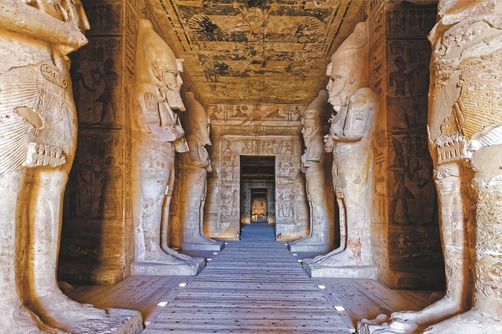
Tips for Travelers
- Best time to visit: October to April, when the weather is milder.
- Sun Festival: Plan around February 22 or October 22 to witness the solar alignment.
- Start early: Beat the crowds and catch the morning light.
- Combine with Aswan: Many tours bundle Abu Simbel with Philae Temple and the Unfinished Obelisk.
- Don’t rush: Give yourself time to soak in the scale, the silence, and the sheer audacity of it all.
Legacy in Stone
Abu Simbel isn’t just a temple. It’s a statement. A power move from a pharaoh determined to live forever, and a monument that modern humanity agreed was worth saving.
Stand beneath Ramses’ towering gaze and you don’t just see history—you feel it. You feel the ambition, the devotion, the drama of kings and gods, of floods and salvations.
And in that quiet desert air, you might even feel the sun touch your shoulder and think, "This is what wonder looks like."
Because here, at Abu Simbel, it truly is.
Share this story and inspire others.
Tags: Abu Simbel, Abu Simbel Temples, Ramses II, Nefertari, ancient Egypt, Nubia, Aswan, solar alignment, UNESCO World Heritage, temple relocation, Great Temple of Ramses II, Temple of Hathor, Egyptian temples, archaeological sites, Lake Nasser, Aswan High Dam, Egyptian history, travel Egypt, cultural heritage, ancient monuments
 Dendera Temple Complex: Where Stars, Myths, and Stone Align
Dendera Temple Complex: Where Stars, Myths, and Stone Align
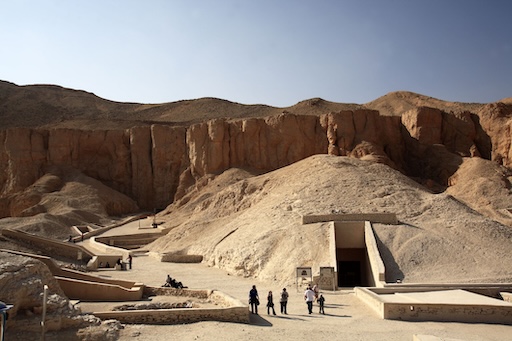 Valley of the Kings: The Eternal Resting Place of Pharaohs
Valley of the Kings: The Eternal Resting Place of Pharaohs
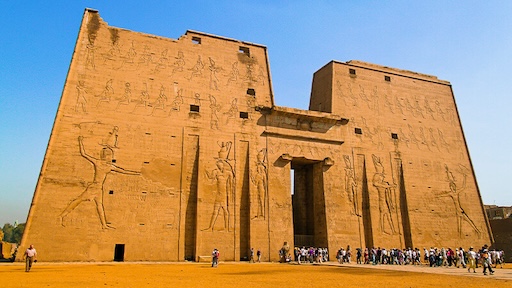 Temple of Edfu – Where Horus Stands Tall
Temple of Edfu – Where Horus Stands Tall
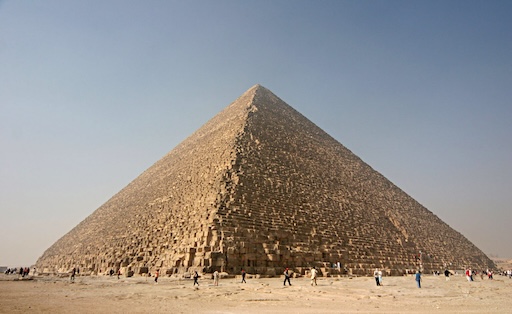 The Great Pyramids of Giza: Alien Relics or Eternal Engineering?
The Great Pyramids of Giza: Alien Relics or Eternal Engineering?
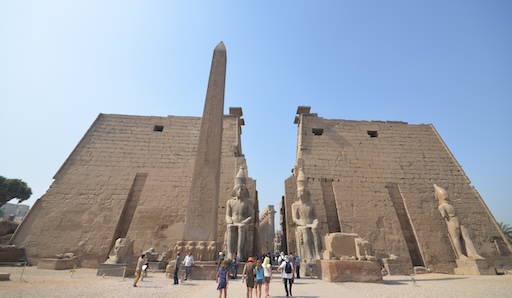 Luxor Temple: A Stage for Gods and Kings
Luxor Temple: A Stage for Gods and Kings
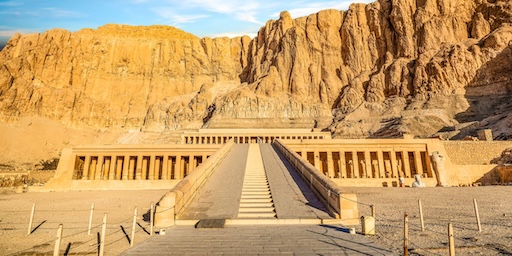 Temple of Hatshepsut: Egypt’s Queen of Stone
Temple of Hatshepsut: Egypt’s Queen of Stone